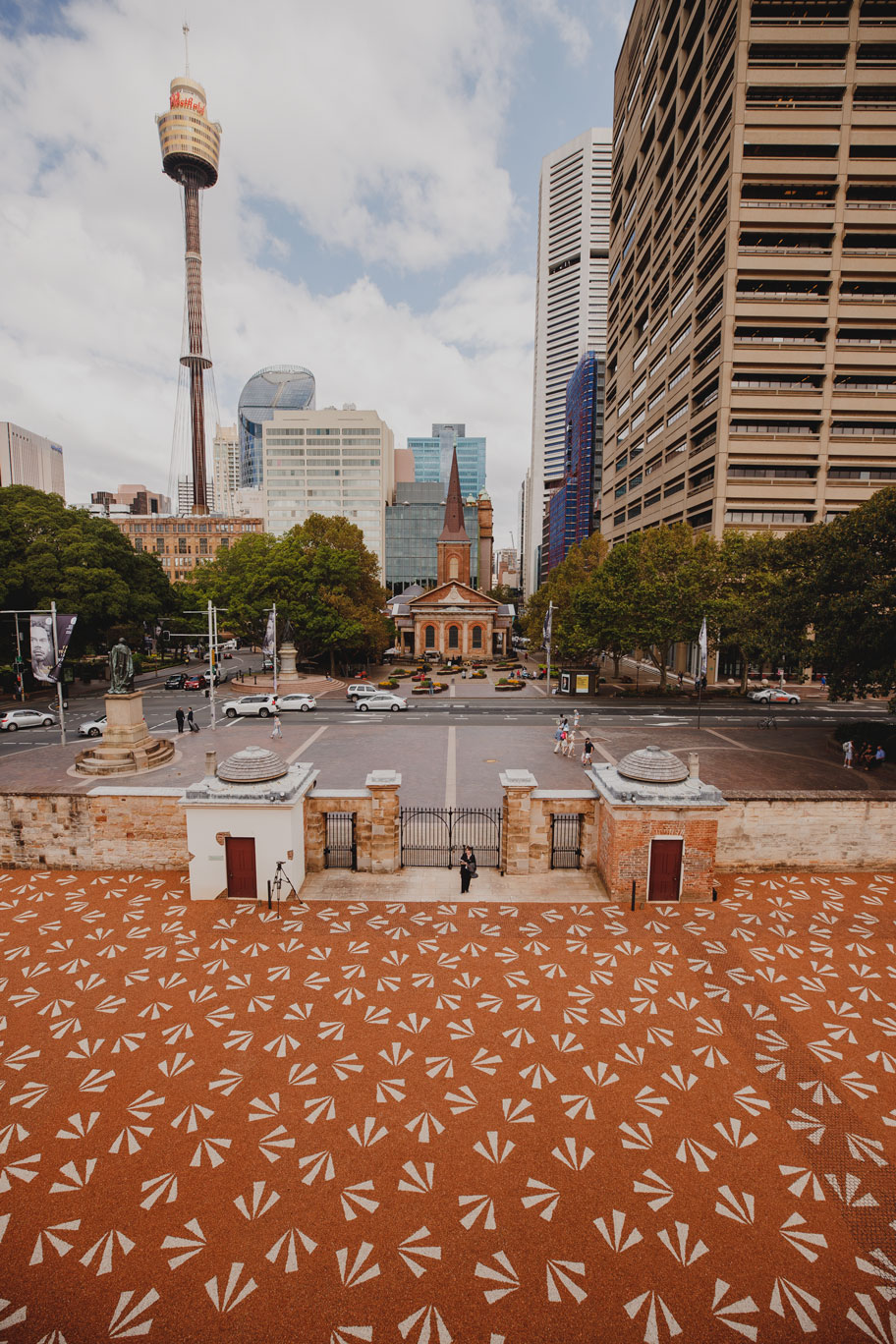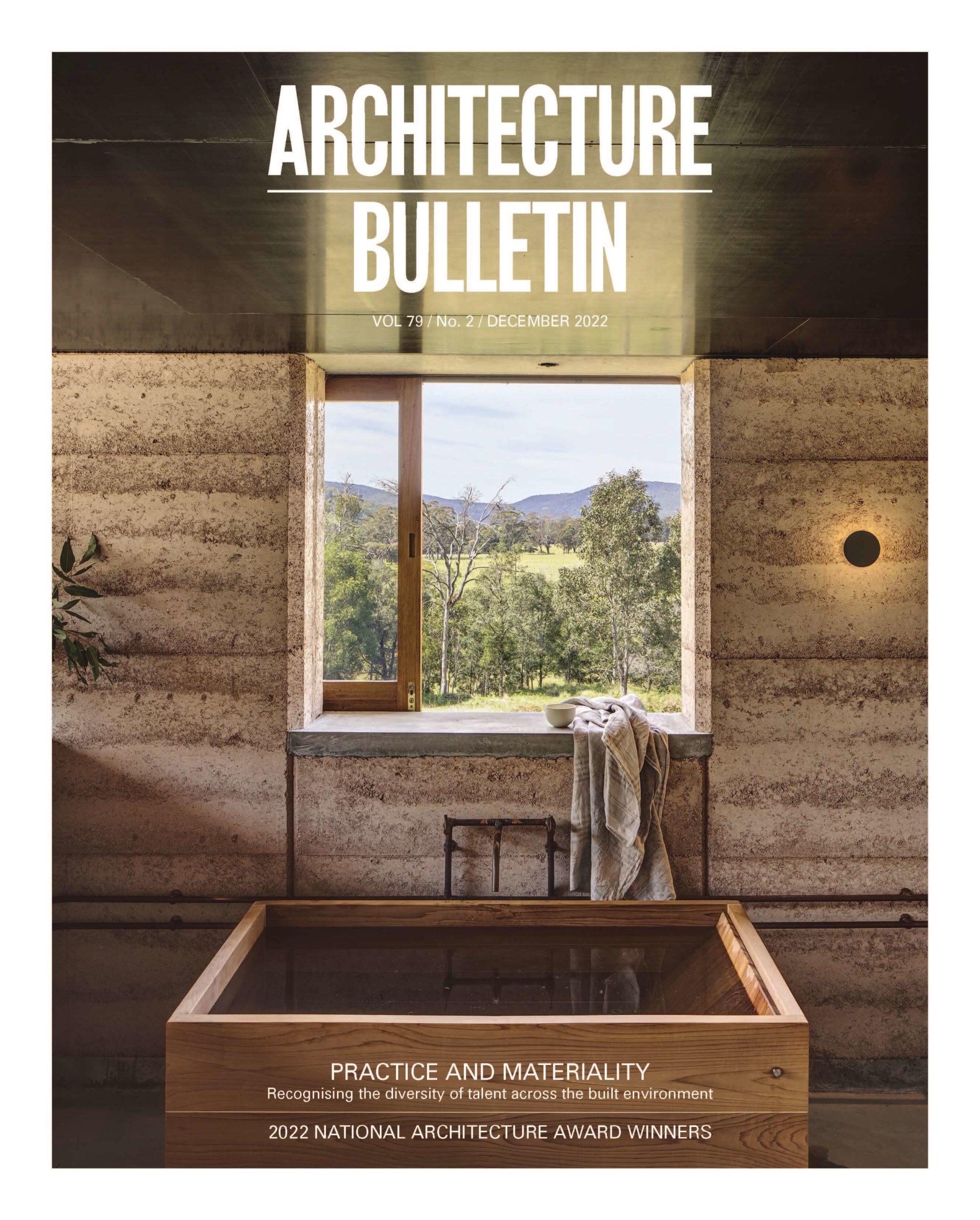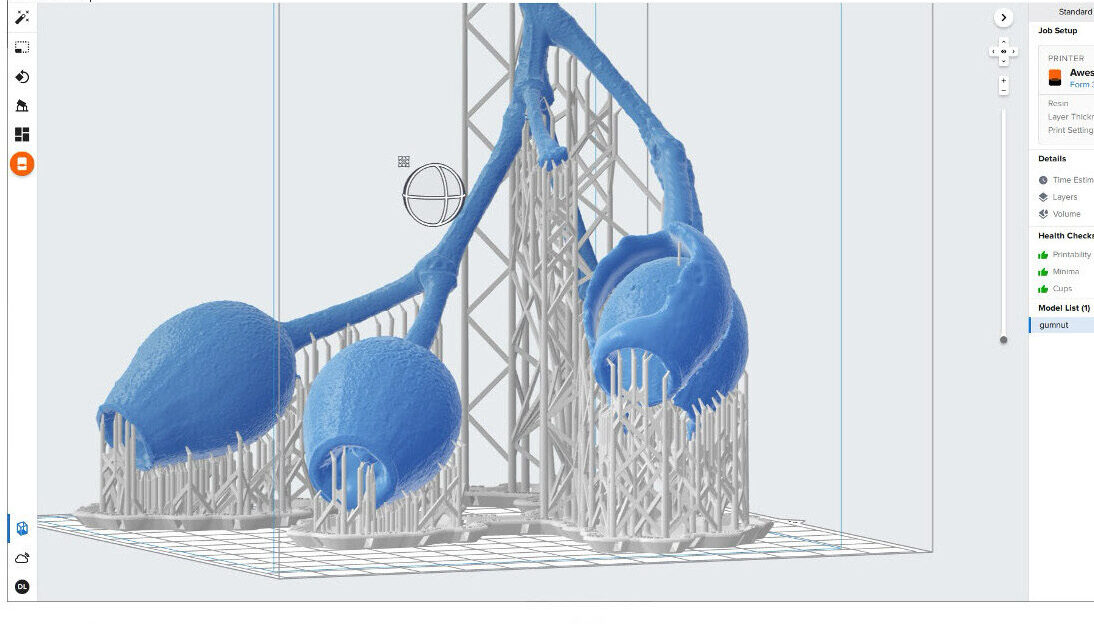As with many of Jonathan Jones’ works, untitled (maraong manaóuwi) in the forecourt of the Hyde Park Barracks draws upon layers of deep research, symbolism and culture to speak to the history of this place. This artwork particularly teaches us to have reverence and thoughtfulness in the way we use materials.
We often only think of materials in terms of their functions, aesthetics and cost. However, in this artwork, Jonathan shows us how we can move beyond this and see the spiritual and emotional ways we can think about materiality. Elements of or any part of Country hold memory, they are spiritually tied to that place, as we know that everything coming from Country is relational, every part is connected to another part of Country and we as custodians (Indigenous people) of those places are more deeply connected to them. Country also holds the memory of the events that occurred in that place and it is no coincidence that the building commemorates Lachlan Macquarie and where these stones are sourced are from the hills and Country where Lachlan Macquarie waged war on Wiradjuri people. The red stone comes from Riverina Country, particularly from a small town called Yenda, close to where Wiradjuri Elder Uncle Stan Grant grew up. The white stone comes from hilly, Granite Country just outside of Cowra.
Jonathan’s work through materiality speaks of the thoughtfulness and protocols that we need to embody when taking a part of Country from one place to another. In this project, he sought approval from his Wiradjuri Elders to take parts of Country and then sought approval from Gadigal Elders to bring the stones to a new place. This is only one part of the process, it was important to practice the ceremonial processes of taking from Country, with Wiradjuri dancers dancing on Country from where the gravel was sourced and where they also have family ties to those places. The dancers then followed its journey to Gadigal Country to dance upon Country there. Materiality in this sense also shows the ability to practice culture in a more expansive way. Where we consider the impact that taking from Country has and practise Indigenous ways of thinking to thank Country for this gift and also practise cultural protocols by seeking permission from local Elders to take a part of their Country somewhere else. If this was practised on more projects, I would think we would shift our perceptions of where and how we are extracting our materials from and the impact that it has on that place including the memory and history that every material brings and the lessons in history that we can draw upon to reveal them in a thoughtful and evocative way, that is present in Jonathan’s artworks.
Jonathan Jones is a Sydney-based artist and a member of the Wiradjuri and Kamilaroi nations of south-eastern Australia. He works in a range of mediums, including drawing, sculpture and film, and creates site-specific installations that use light, shadow and the repetition of shape to explore Indigenous practices, relationships and ideas.
Samantha Rich is a Wiradjuri graduate of architecture, designer and researcher with a deep passion for the social and cultural factors that influence the design of space in particular working with First Nations communities to translate their narratives and perspectives into built form.





